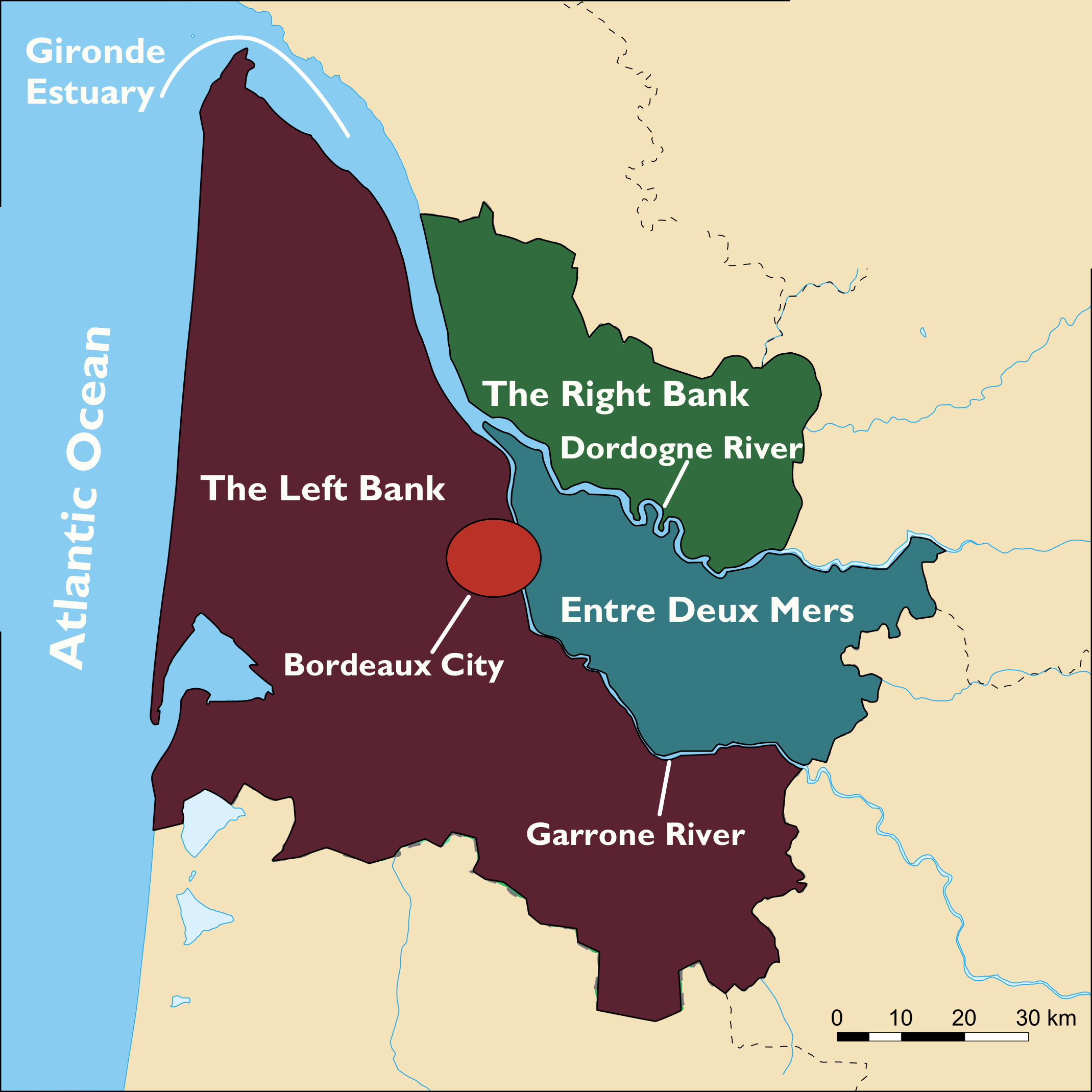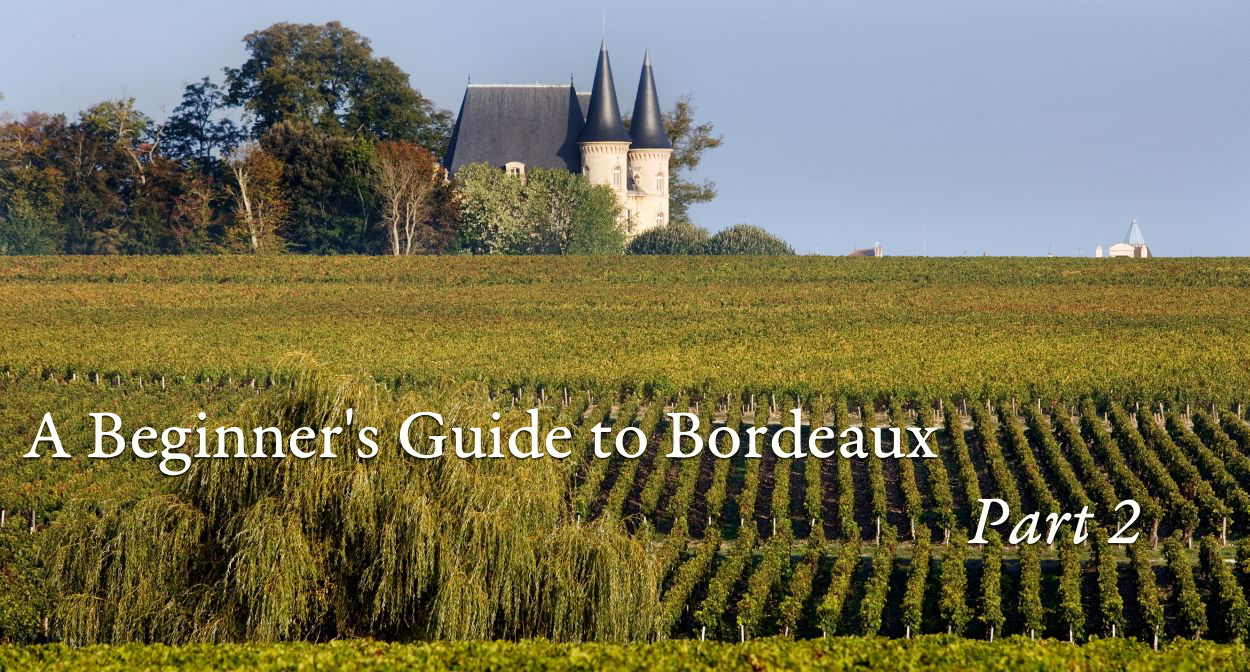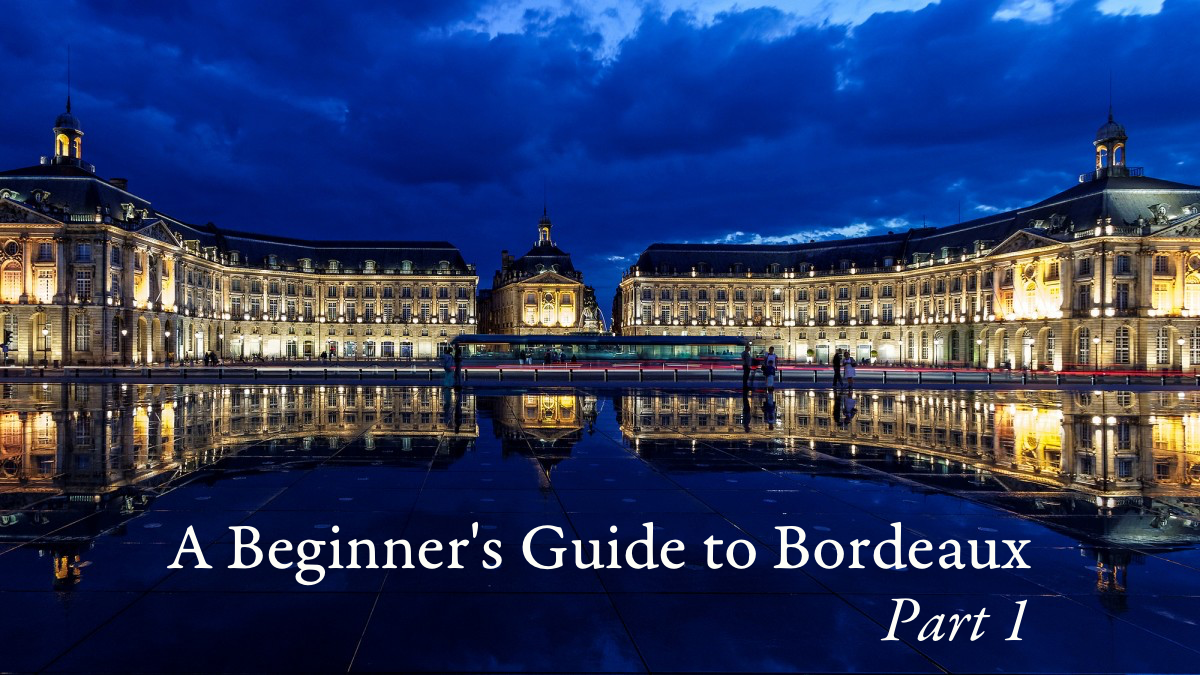In our last post, we talked a bit about the grapes that make up Bordeaux’s red and white wines. This week, we’re going to dive deeper into the ways in which Bordeaux’s unique geography influences its wine.
Choose a Side
The Bordeaux region is bisected by the massive Gironde Estuary which splits at its base into the Garonne and Dordogne rivers. The estuary serves as the dividing line between what wine drinkers have come to call Bordeaux’s Left Bank and Right Bank.
Though the banks themselves are only separated by a few hundred meters, the soil composition of each side is quite different and can have a dramatic effect on which kind of grapes grow best and, in turn, can drastically affect the way wines from each bank taste.
Wines from Bordeaux’s Left Bank (much of which is actually south of the city of Bordeaux), are predominantly made up of cabernet sauvignon and merlot. Here, the soil is quite gravelly with a layer of limestone bedrock far below. The gravel forces the vines to stretch their roots deep into the soil in search of nutrients. The results in wines that exceptionally long-lived and incredibly valuable.
Across the river on the Right Bank, cabernet franc replaces cabernet sauvignon as the most planted grape behind merlot. The Right Bank’s soil is much less gravely than the Left Bank, and the limestone bedrock is buried just under the surface. Wines from the Right Bank are often said to be more aromatic with smoother tannins than their Left Bank cousins.

White Wines
Of course, not all wines from Bordeaux are red. Bordeaux’s white wines are blends of sauvignon blanc, semillon, and sometimes muscadelle. White Bordeaux can come two forms: dry and sweet.
Bordeaux’s best white wines come from the Left Bank region called Pessac-Leognan, just south of Bordeaux city. These are delicious blends that, depending upon the winemaking technique, can be either light or crisp or lush and full bodied.
Perhaps the most famous white wine made in Bordeaux is Sauternes, a semillon-heavy blend that, in some cases, can age in a cellar for decades. Sauternes is made near the small village that shares its name on the banks of the Garrone River. The unique topography of the area causes the ground to be frequently covered with fog. The moisture in the morning fog, combined with the heat of the afternoon sun often results in a special kind of fungus called botrytis (also known as the noble rot) to grow on the grapes. The botrytis concentrates the sugars in the grapes and makes an incredibly sweet wine with complex notes honey, beeswax, and candied citrus peel.
Entre Deux Mers
Between the Left and Right Banks, at the bottom of Gironde Estuary is an area known as Entre Deux Mers or, literally translated as “Between Two Seas.” This is Bordeaux’s least famous region, and most of the wine grown here is made into what is known as Vin de Pays, or a inexpensive, bulk wine that is very rarely imported out of France.


